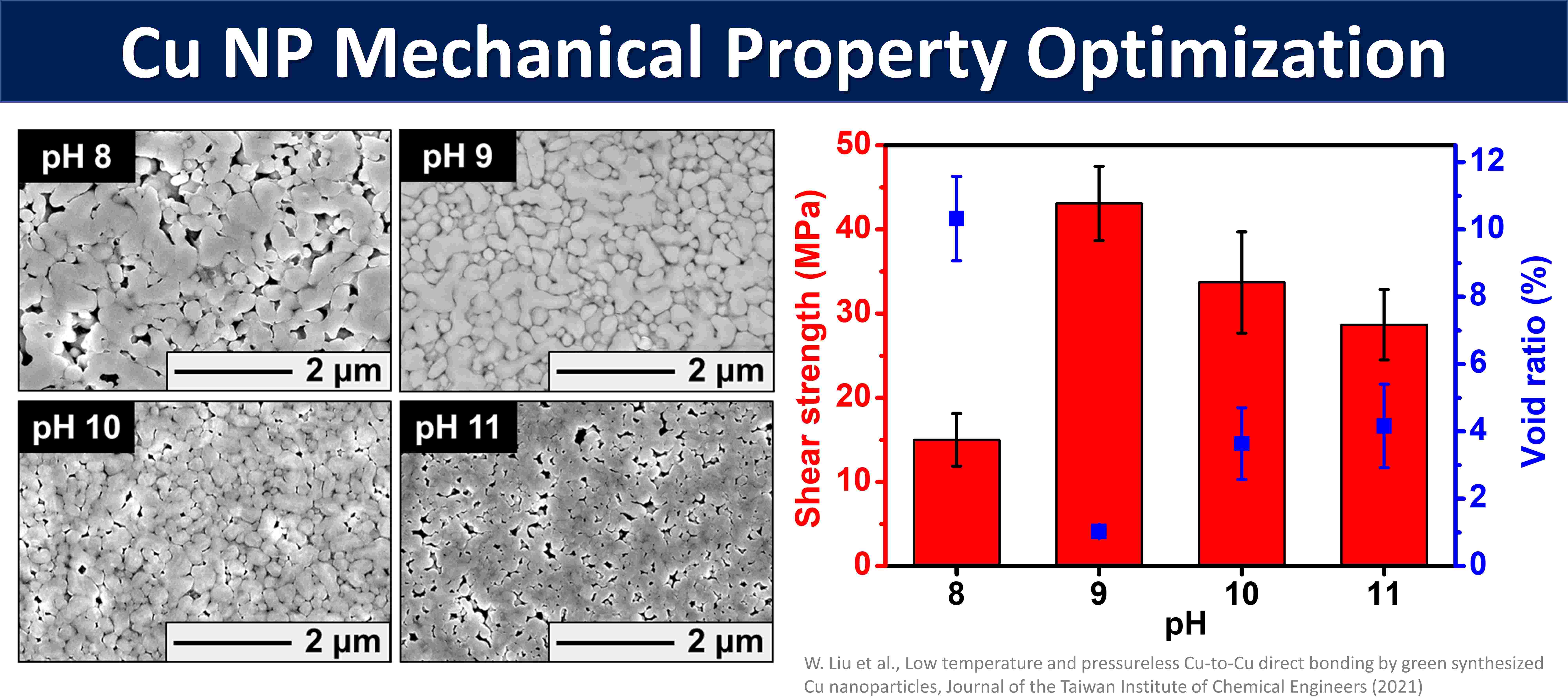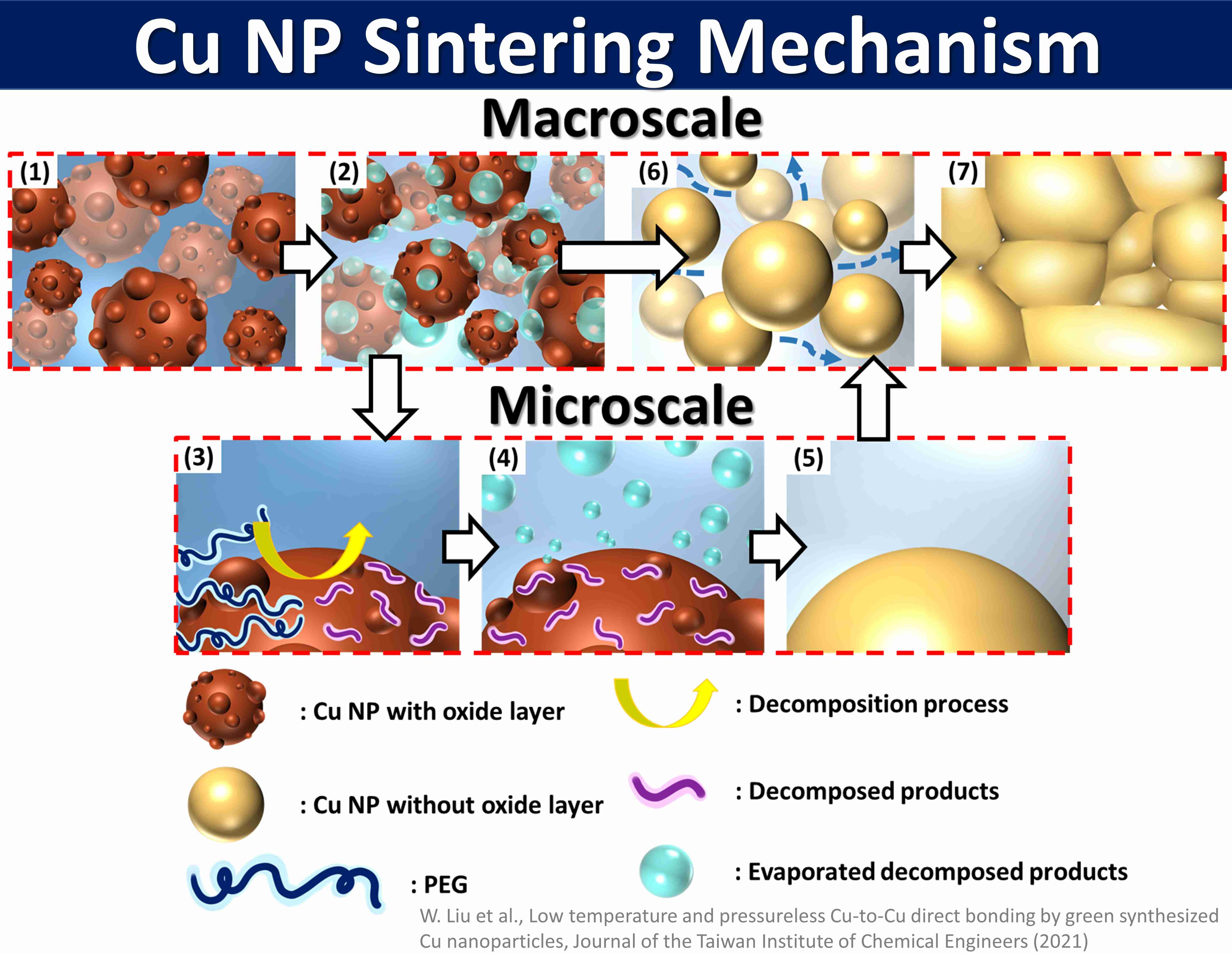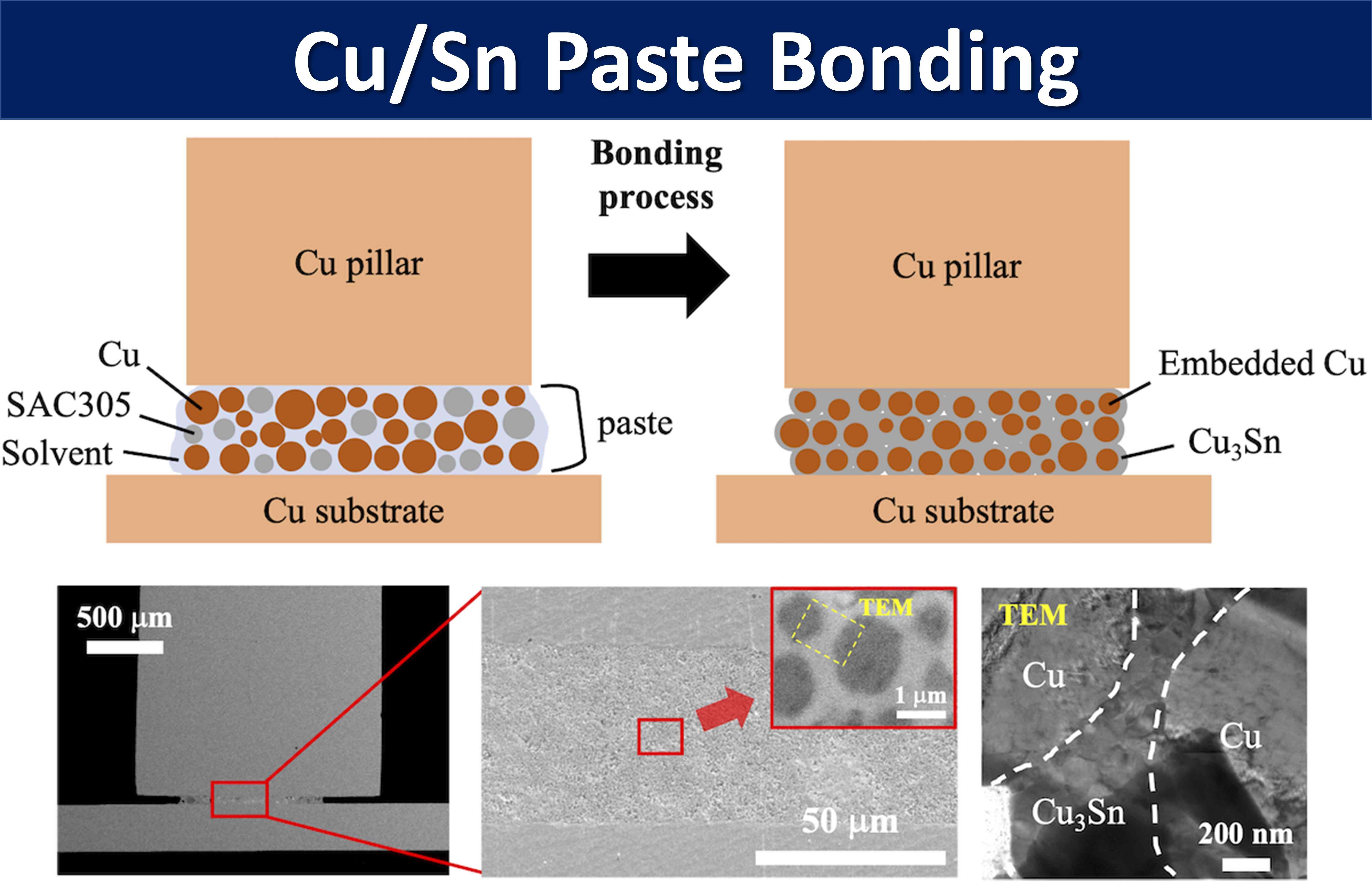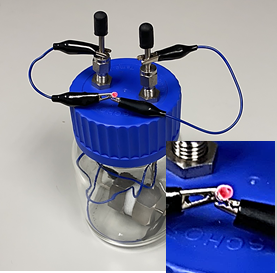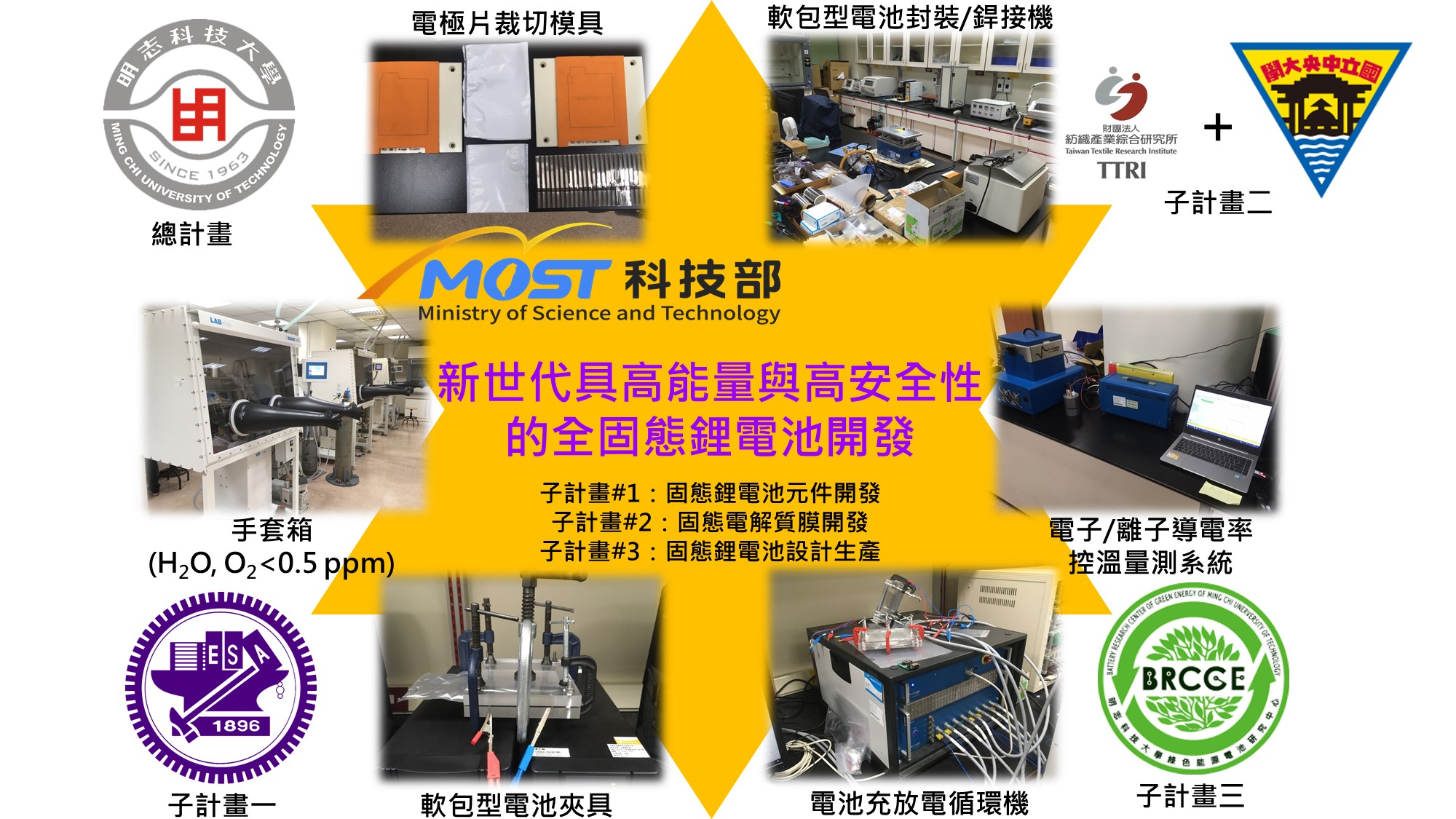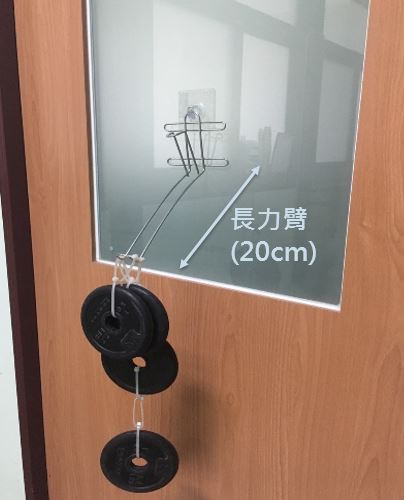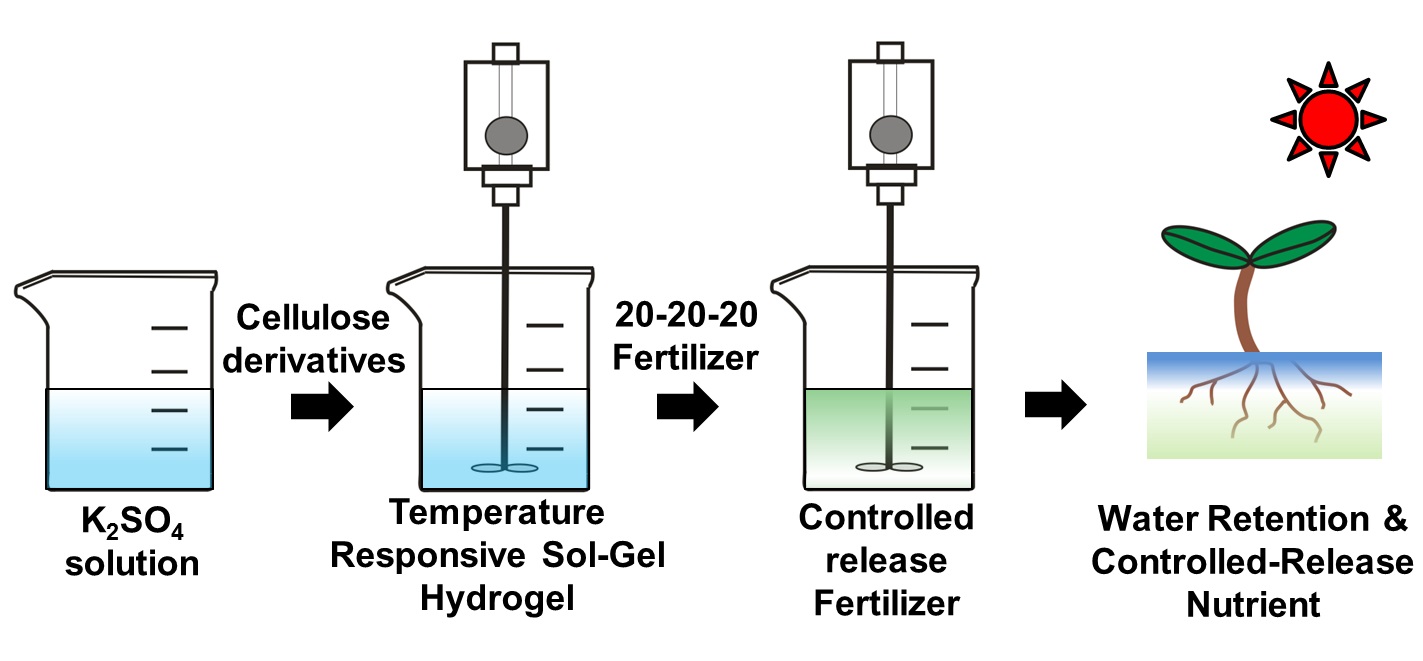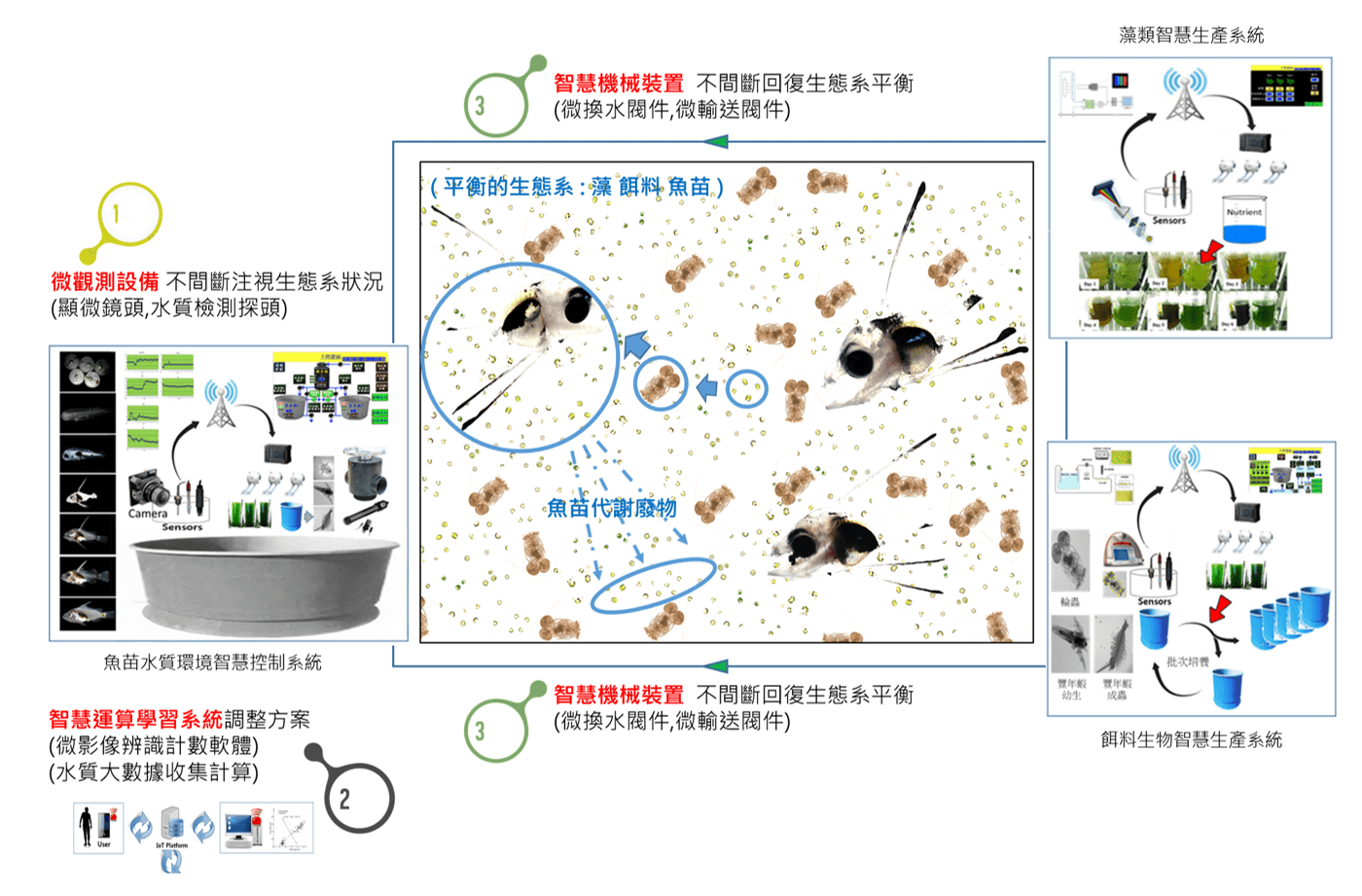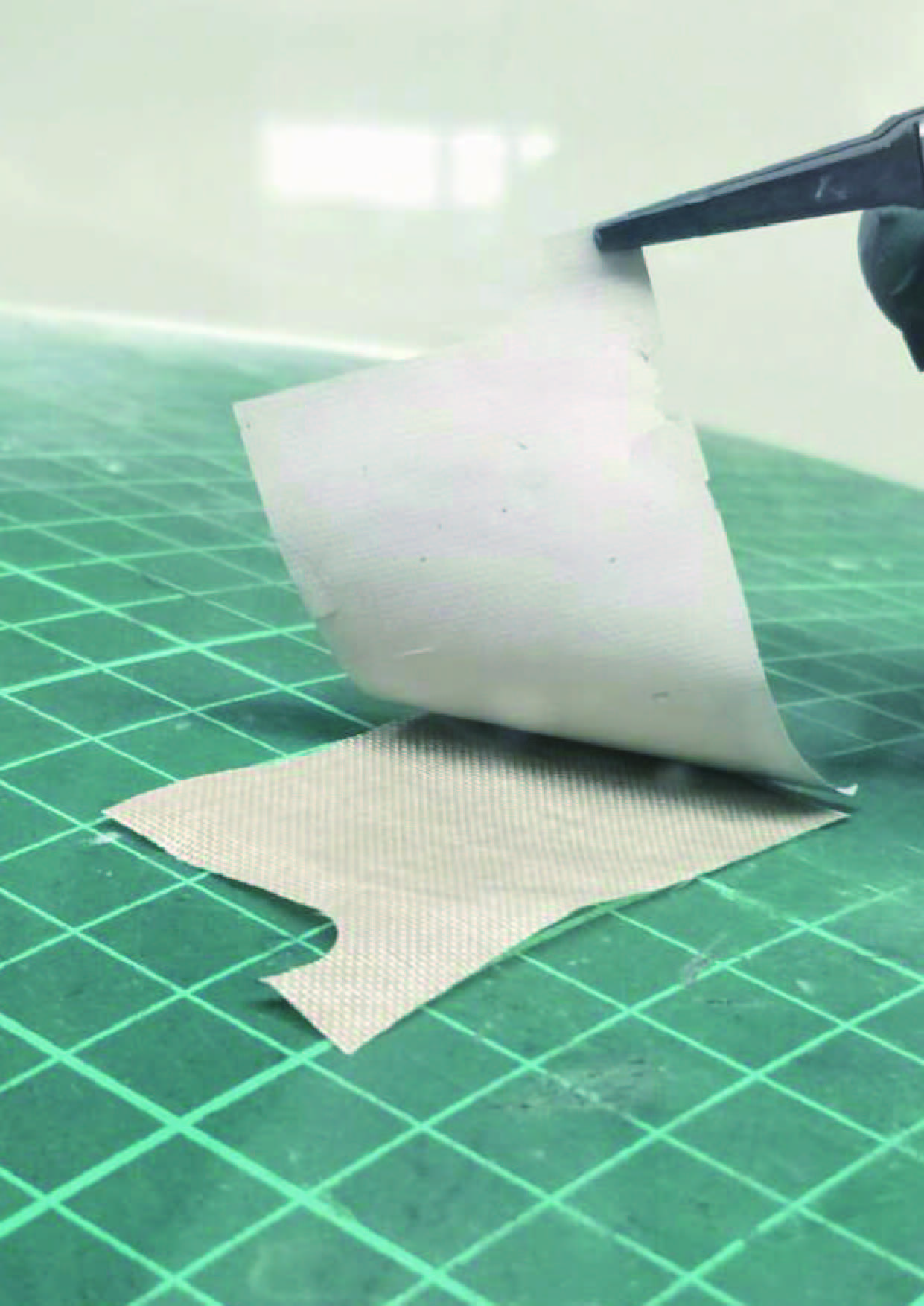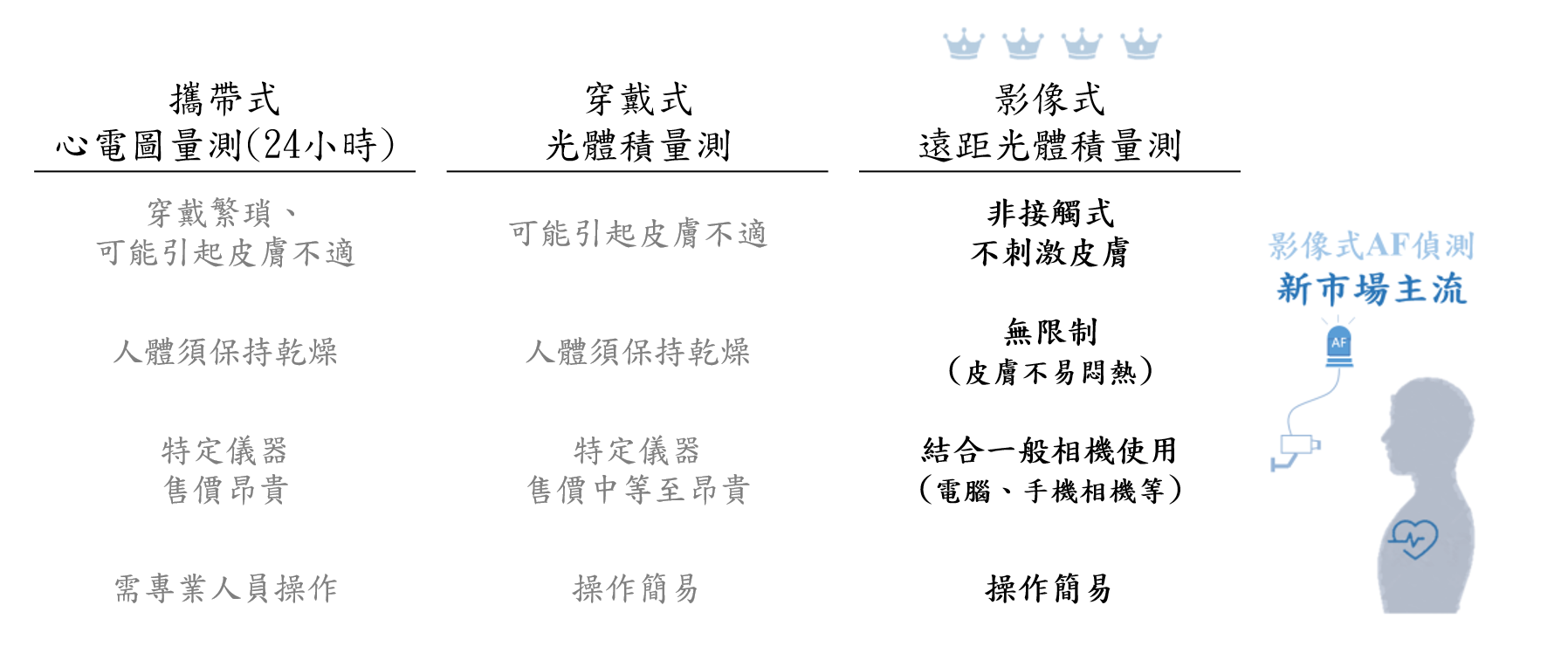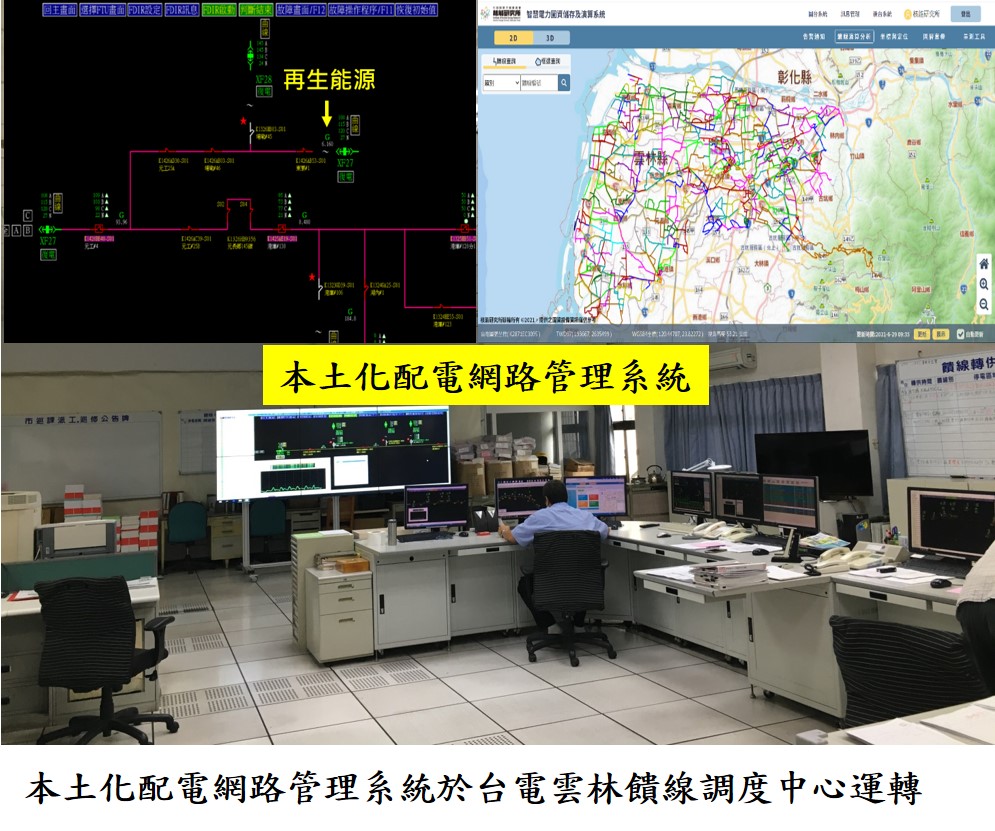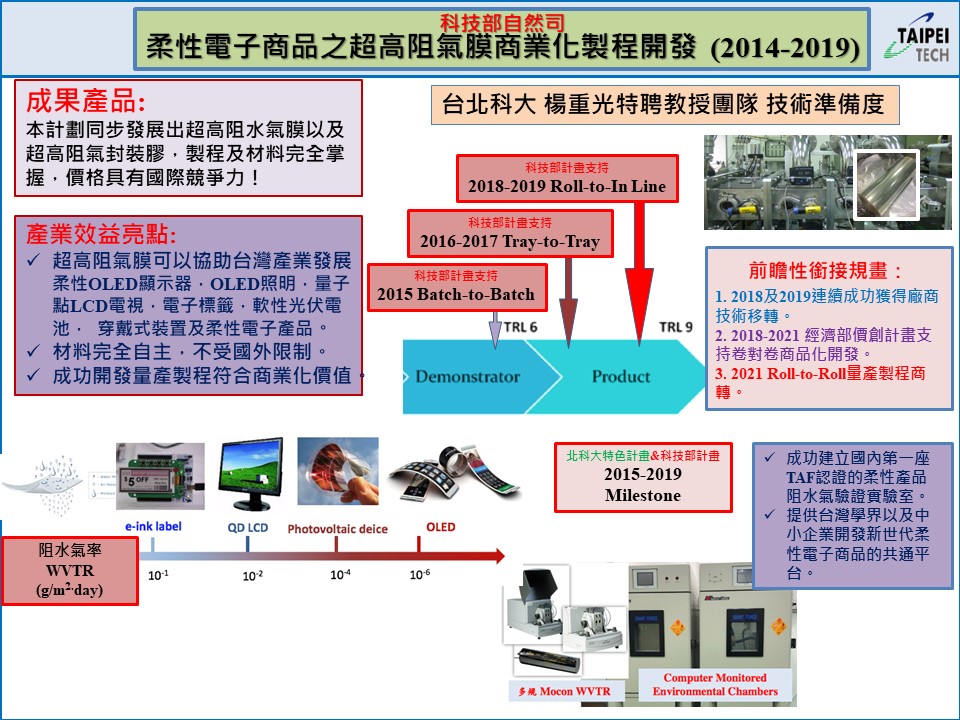| Summary |
Materials for power device packaging should endure high temperature, high voltage,high current density to handle various harsh working conditions. We developed Cu NP pasteCu/Sn paste for low temperature bonding technique. No toxic chemicals are present in the synthesis processin the pastes. The pastes can bond Cu substrates at low temperature without applying pressure. The joints possess high melting temperature, high thermal stabilityexcellent mechanical properties.
|
| Scientific Breakthrough |
In Cu NP paste, Cu NPs were synthesized by ascorbic acid. Particle size of the Cu NPs can be controlled by pH of the reducing solution. Dense microstructuregood mechanical properties can be achieved at low temperature without applying pressure by optimizing packing density of the particles. In Cu/Sn paste, the paste was composed of micron-sized CuSAC305 powders. After bonding, the joints showed a unique core-shell structure with Cu cores embedded in IMC matrix, which enhanced the mechanical strength. Meanwhile, the joint region is composed of high thermal stable CuCu3Sn only.
|





